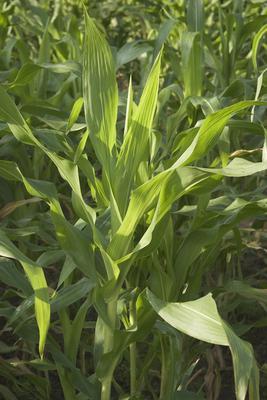The ability to process wood, plants, agricultural and organic waste points to biomass as an alternative energy source is the future especially since the fuel is readily available but the technology is still a work in progress. The ability to recycle animal waste and the tons of trash now hauled to landfills is the driving force behind predictions of increasing use of biomass as an alternative energy source. Processing waste is a huge business and increased need for acres of land to use as landfills is meeting more public resistance today. The landfill is a pit where trash is dumped and for years the smells, insect and rodent populations and just the thought of mountains of trash lead to public outcries whenever a new landfill location is proposed.
After many years of use as a trash dump, landfills are compressed and covered with soil. They are planted and landscaped and often become local parks or contribute to scenic views. Under a few feet of fill dirt, garbage is decomposing. Plastics and metals, chemicals and glass – remain part of that piece of land for many generations. In the future, its possible water tables could be polluted or sink holes may develop that pose a danger to homes and life.
The use of biomass as an alternate energy source will be easy to sell to the public if methods of creating power and fuels have the side benefit of recycling trash and waste in a way that protects and improves the environment.
Advantages of Biomass Energy
The fuel used to make biomass an alternative energy source is truly renewable as it is organic material that is constantly being produced by nature and by man. The main ingredient of biomass energy is carbon. Other elements are nitrogen, oxygen, hydrogen, heavy metals and earth with a high alkaline content.

In biomass energy processes, the natural fuels are compressed into briquettes to generate electricity. This produces cleaner electricity than obtained with fossil fuels and does not emit greenhouse gases. Biomass energy production can also be cost effective as the energy is supplied locally to the region around the plant. This eliminates the need for huge grids, pipelines or transportation facilities.
An additional feature is biomass plants employ local people to use local materials that yield local benefits. This has led some environmentalist to propose promoting biomass mainly for the benefits such a plant will offer to a specific region or city. For alternative energy sources, the ability to see the results is a draw for the public. Farmers are proud of fields they’ve lease for wind farms and homeowners and shopping malls are proud of their solar panel installations.
Though only 3% of the power produced in the U.S. comes from biomass, that number could increase rapidly once technology catches up with the basic age-old process of burning waste to produce heat and power.
Disadvantages of Biomass Energy
There are some gases such as carbon dioxide, methane and nitrous oxide emitted during the biomass energy production process. Many of the potential benefits of biomass as an alternative energy source are still on the drawing board. Biomass energy is only now beginning to gain attention in the U.S. and with current economic conditions, plant development may be years in the future.
The local options may in future be increased to regional plants using biomass as an alternative energy source. Smaller plants produce more pollution as installing sophisticated filtering equipment is not cost effect for the amount of power that a
small plant can yield. Thus, larger biomass plants may be the best option going forward.
The trend to using garbage and animal waste to product biomass energy is critical. Otherwise, there is a danger of stripping land of natural materials in order to fuel biomass energy. Clear cutting of forests was done in the past by timber companies and we know now of the damage that practice caused.
To be viable, biomass as an alternative energy source must produce power and fuel without causing damage to forests and wildlife. We don’t need more energy sources that have side effects. We’ve seen that in years of burning fossil fuels where emissions have damaged air quality and caused holes in the ozone layer protecting the earth. Our gas powered cars have improved in emissions but years passed before those improvements were made.
Biomass as an alternative energy source shows great potential for the future and could help replace fossil fuels that will be unavailable at some point. Before turning to biomass as an alternative energy source to be widely used, we must
understand the process and address any unforeseen issues that might be involved.
M.H is writing for Alternative Energy Geek where he discusses alternative energy sources plus their pros and cons.

